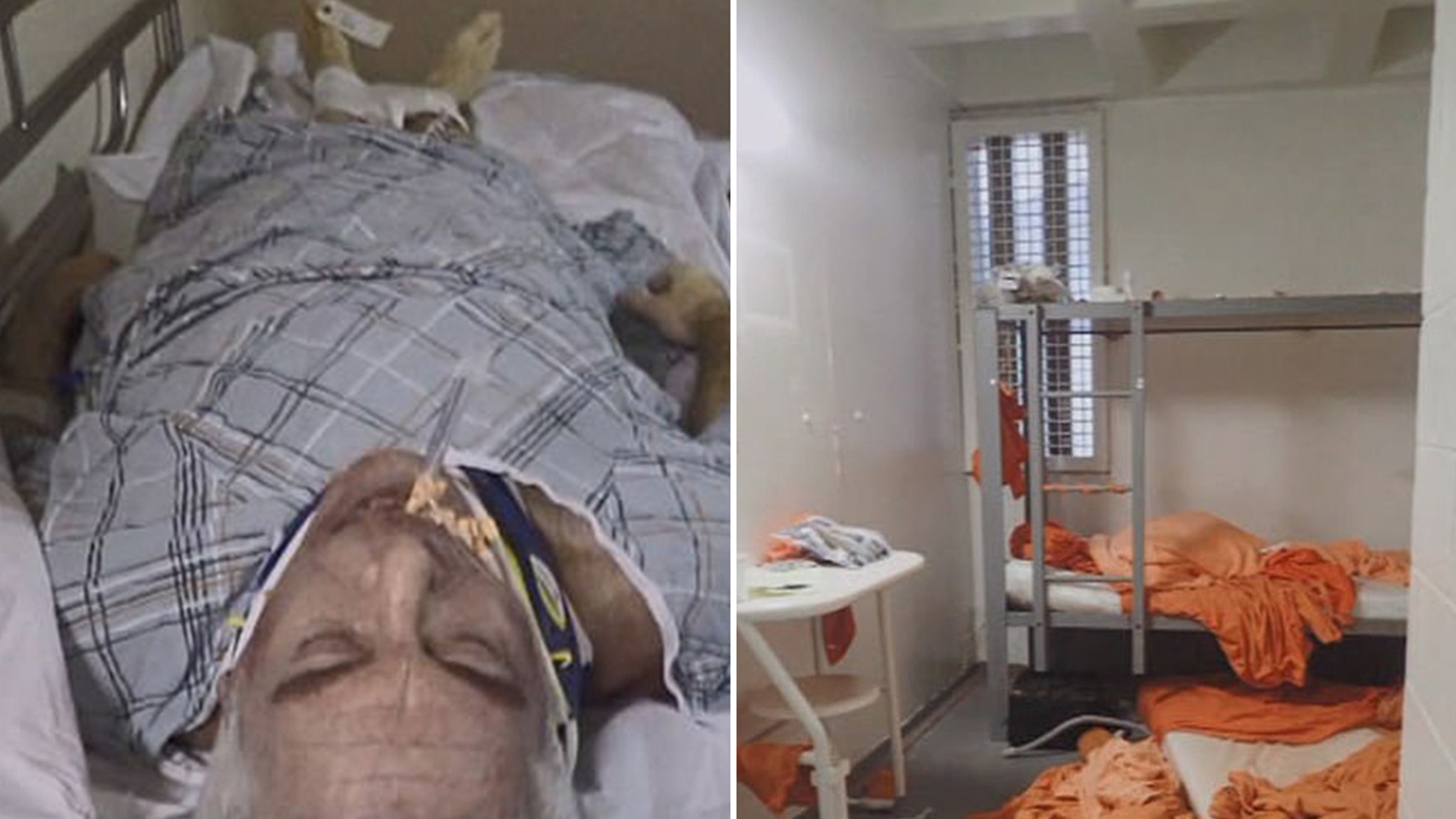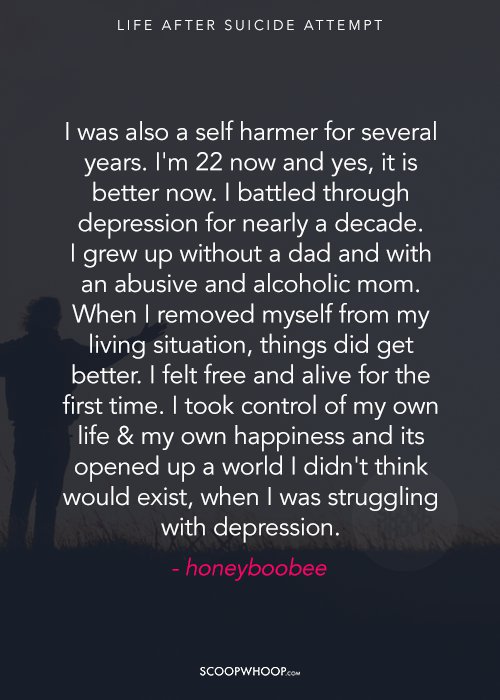
declined from 2019 to 2020, contributing to a 3% overall drop in suicide deaths in that time period. But there were no statistically significant declines in suicide rates for Black Americans, or other Americans of color in fact, for some racial or ethnic groups, rates increased from 2019 to 2020. Among Black youth and young adults in particular, suicide rates have climbed steadily over the past two decades.

“But these things are happening every single day in our communities.” When a high-profile, successful, young Black woman like Kryst dies by suicide, “these things are brought to the limelight of the public,” says Michelle Vance, an assistant professor of social work and sociology at the North Carolina Agricultural and Technical State University who recently co-authored a paper on suicide among Black women. “She was a very high-functioning individual. She doesn’t present like someone who is depressed and downtrodden,” Walker says. The other thing is that people oftentimes don’t look like what they are going through.” “But two things come to mind for me: When we work with clinical patients, oftentimes the ones who are least depressed are the ones actually who give me the most pause…. Read more: Suicide Among Black Girls Is a Mental Health Crisis Hiding in Plain Sight While suicide has long been viewed as an affliction of middle age, among people of color in the United States, those 30 and under are at greatest risk. And warning signs of suicide risk may show up differently in younger populations and across racial and ethnic groups. As Lillian Polanco-Roman, an associate professor of psychology at the New School for Social Research, points out, data that compare suicide rates among older populations suggest that fewer Black people die by suicide, as if there were something guarding them from it, while failing to capture the reality of what is happening before people reach that age. “The narrative, how it has been spun before is ‘oh, communities of color have this protective factor,’” she says. But in fact, “those who are most vulnerable…they’re not caught by our safety nets. They don’t get that extension in life to make it to middle age.”Ī delay in statistical reporting makes it difficult to say with authority how the pandemic may have affected the situation. Still, some studies help fill in the gaps. For example, an international 2021 research review incorporating data from 54 studies concluded that suicidal thinking and behavior has become more common during the pandemic than before it, particularly among young people and women. Studies have also shown that rates of depression and anxiety-both of which are considered risk factors for suicide-were higher in 2021 versus 2020, particularly among people of color. According to CDC data from January and February 2021, more than 41% of U.S. adults said they’d felt symptoms of depression or anxiety in the past week, compared to 36% in the summer of 2020. What’s more, 47% of Hispanic/Latino adults and nearly 45% for Black adults said they’d experienced recent depression or anxiety in the 2021 survey.Īnother paper, published in the Lancet Regional Health-Americas, found that almost a third of U.S. adults reported elevated symptoms of depression in the spring of 2021. Depressive signs were most common among people in low-income households and those who experienced multiple stressors related to the COVID-19 pandemic, such as job loss or death of a loved one.


Those stressors have not been equally distributed: In the early days of the pandemic in particular, people of color in the U.S.

died from COVID-19 at significantly higher rates than white people. As of June 2020, 31% of Black Americans and 17% of Hispanic Americans said they knew someone who had died from COVID-19, compared to just 9% of white Americans. And as of May 2021, about 40% of Black adults said someone in their household had lost a job or wages due to the pandemic. It would be easy to say that changes in suicide risk in the Black America have crept up on the country, Polanco-Roman says.


 0 kommentar(er)
0 kommentar(er)
